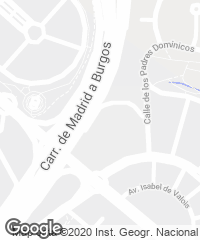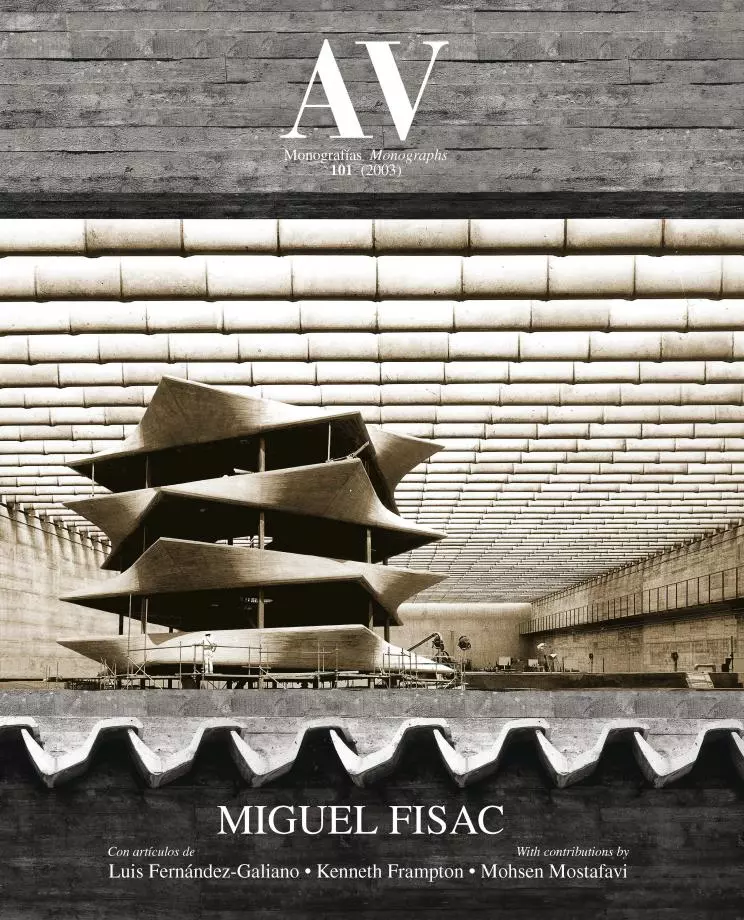Theological Center of the Dominican Fathers, Madrid
Miguel Fisac- Type Education Place of worship Religious / Memorial
- Material Ceramics Brick
- Date 1955 - 1958
- City Madrid
- Country Spain


Among Gardens and courtyards, the Dominican theological center of Alcobendas lies on a valley with a nine meter drop that descends towards the stream of Valdevevas. Conceived at a time when Fisac was thinking about leaving the Opus Dei, this project marks the transition from a volumetric conception to a spatial one, that led, according to the architect himself, to the neglect of the elevation composition, a direct result of the interior needs.
“I really enjoyed the program, because there were three types of users: teachers, priests and theology students, which had to meet daily in three places without bumping into one another. They met at the choir, the refectory and the classes. And the church had two parts that the monks wanted to separate: the choir area and that of the congregation. I thought: if I were in the middle of the countryside and had to place an altar, how would I do it? well, the monks to one side, the congregation to another and the seats that were too lopsided would have to be removed; this is how the hyperbolic floor plan came up and I thought, ‘wow!, this is quite a change’. But since it worked, it was easy to talk the monks into it.”
“Once the shape of the church was clear, I started to play with color. I wanted a vertical space with natural light over the altar, a warm area above the choir, because it was devoted to St. Peter Martyr and the missionaries, that is, a part to the blood and another colder area for the congregation. Then I decided to open a horizontal window to ensure continuity but that could evolve. The sculptor Susana Polack, with whom I had worked before, introduced me to Adolf Winterlich, a Jewish Austrian painter who had run away from Hitler. I asked him to design the stained glass windows about martyrs of the Old and New Testament, but warned him that they had to be in red and only red. By no means could blue or similar be used; he knew they made that type of glass in Lausanne, and sent the draft himself, but when they brought it finished, I saw he had used three or four blues in key places and had ruined the project, so, instead of prolonging the church, the church served as a frame for its own stained glass windows. I felt totally defeated, because he had gone to Lausanne to give his own orders. He ruined the church, and when I go there that is the first thing I see and think, may God forgive him! He knew well what he was doing – he wasn’t stupid – and knew where to put the blues to show off, but I had asked him for something different...”... [+]







